- Doctors & Departments
-
Conditions & Advice
- Overview
- Conditions and Symptoms
- Symptom Checker
- Parent Resources
- The Connection Journey
- Calm A Crying Baby
- Sports Articles
- Dosage Tables
- Baby Guide
-
Your Visit
- Overview
- Prepare for Your Visit
- Your Overnight Stay
- Send a Cheer Card
- Family and Patient Resources
- Patient Cost Estimate
- Insurance and Financial Resources
- Online Bill Pay
- Medical Records
- Policies and Procedures
- We Ask Because We Care
Click to find the locations nearest youFind locations by region
See all locations -
Community
- Overview
- Addressing the Youth Mental Health Crisis
- Calendar of Events
- Child Health Advocacy
- Community Health
- Community Partners
- Corporate Relations
- Global Health
- Patient Advocacy
- Patient Stories
- Pediatric Affiliations
- Support Children’s Colorado
- Specialty Outreach Clinics
Your Support Matters
Upcoming Events
Colorado Hospitals Substance Exposed Newborn Quality Improvement Collaborative CHoSEN Conference (Hybrid)
Monday, April 29, 2024The CHoSEN Collaborative is an effort to increase consistency in...
-
Research & Innovation
- Overview
- Pediatric Clinical Trials
- Q: Pediatric Health Advances
- Discoveries and Milestones
- Training and Internships
- Academic Affiliation
- Investigator Resources
- Funding Opportunities
- Center For Innovation
- Support Our Research
- Research Areas

It starts with a Q:
For the latest cutting-edge research, innovative collaborations and remarkable discoveries in child health, read stories from across all our areas of study in Q: Advances and Answers in Pediatric Health.


Cleft Lip and Palate Clinic
Cleft Lip and Cleft Palate
We treat kids like they should be treated: like kids. That’s why we designed our hospital just for them.

What is a cleft lip or cleft palate?
A cleft is an opening. Babies diagnosed with a cleft lip or palate have an opening in the lip or roof of the mouth (palate). In some cases, babies may have both. Cleft conditions develop during the first three months of pregnancy when the tissue of the lip and palate do not fuse together completely.
Cleft conditions occur in many variations and require different treatment options based on how they manifest. The team at Children's Hospital Colorado has extensive experience in treating all forms of cleft lips and cleft palates. We also use our state-of-the-art facility to provide the best outcomes.
Types of cleft lips
- Unilateral: on one side
- Bilateral: on both sides
- Complete: extends all the way into the nostril
- Incomplete: does not extend up into the nostril
- Isolated: cleft lip without a cleft palate
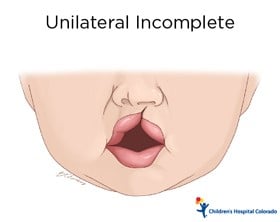
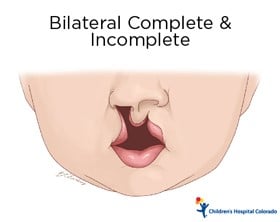
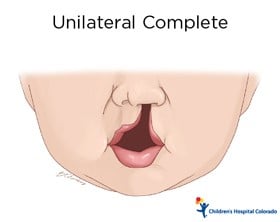

Types of cleft palates (opening at the roof of the mouth)
- Alveolar: a cleft in the upper gum line (alveolus) that may or may not extend into the cleft palate
- Submucous: a cleft in the soft palate near the back of the roof of the mouth that is covered by a thin layer of skin or tissue; this type of cleft is often hard to diagnose because it's not easily seen
- Complete: extends from the front all the way to the back of the palate
- Incomplete: does not extend all the way through the hard and soft palates
- Isolated: a cleft palate without a cleft lip



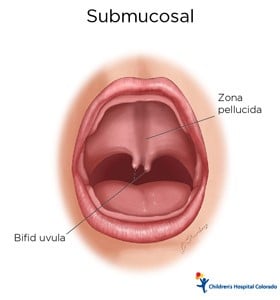
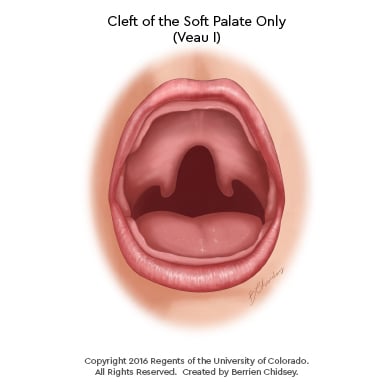
What causes a cleft lip or cleft palate?
In most cases, the exact cause of a cleft is unknown. Most children born with a cleft lip and/or cleft palate don't have other medical conditions. However, some children may have additional medical conditions that are associated with a specific syndrome.
Experts believe a combination of genetic and environmental factors cause cleft conditions. A family history of cleft conditions may play a role in a child being born with a cleft. Certain maternal behaviors and conditions may increase the risk of a cleft, including smoking during pregnancy, diabetes and the use of certain medications.
Who gets a cleft lip or cleft palate?
Clefts occur in all races and in both males and females. Cleft lips and palates are more common in Asian, Latino and Native American ethnicities than in other ethnic groups. Cleft lips and palates occur about twice as often in boys as in girls, while an isolated cleft palate is slightly more common in girls. In the United States, cleft conditions occur once in every 650-700 births and they are one of the most common birth defects.
What challenges or other problems may a child with a cleft lip and/or cleft palate experience?
A cleft can affect appearance, feeding, speech, hearing and teeth. A child with a cleft may also experience social challenges. The cleft lip and palate team at Children's Colorado offers support and education to help patients and families face these challenges from childhood to adulthood. As your child grows, resources for success in school and beyond are available through the Cleft Lip and Palate Clinic.
How is a cleft lip or cleft palate diagnosed?
Today, approximately 30% of cleft lips are diagnosed prenatally by ultrasound. For families with a prenatal diagnosis, prenatal counseling is available. In counseling, you will discuss what to expect during the newborn period, feeding challenges, psychosocial issues, possible surgeries, speech and hearing assistance and dental work.
Sometimes, due to positioning, a baby's face is difficult to see on an ultrasound. In these cases, a doctor diagnoses a cleft after birth with a physical exam in the nursery.
For more information or to make a prenatal counseling appointment, call the Cleft Lip and Palate Clinic at 720-777-2574. Prenatal counseling is also available through the Colorado Fetal Care Center.
How are cleft lip and cleft palate treated?
Children born with cleft conditions often face complex health issues. Experience shows that a multidisciplinary team of specialists best manages these issues. Learn more about our care team.
At Children's Colorado, treatments are determined on an individual basis and care starts with a visit to the Cleft Lip and Palate Clinic.
Typical timeline of procedures and care
Currently, there are no treatments available for unborn babies with cleft lip and cleft palate conditions, which is why surgeons repair clefts after birth. After your first visit, the team will develop a unique course of care with your family. Below, the timeline shows the typical timing of procedures and therapies included in treatment plans. Together, parents and the team at Children's Colorado will decide the best course of treatment.
Birth to 18 months old
1 to 3 months old
First visit to Cleft Lip and Palate Clinic
Nasoalveolar molding (NAM)
Occupational therapy/feeding evaluation
3 to 6 months old
Lip repair
Possible ear tubes; Ear tubes may be necessary more than one time; if placed, follow up with an ear, nose and throat specialist every six months
6 to 15 months old
Hearing test; complete a hearing test every year
Pediatric dentist; visit the dentist at 12 months and every six months after
15 to 18 months old
Palate repair
Possible ear tubes
Genetics evaluation
Speech therapy evaluation
Second visit to the Cleft Lip and Palate Clinic
2 to 5 years old
Speech therapy
Possible lip / nose revision surgery
Annual visits to the Cleft Lip and Palate Clinic
6 to 12 years old
Secondary speech surgeries
Alveolar bone graft
Annual visits to the Cleft Lip and Palate Clinic
8 to 18 years old
Kids attend Cleft Camp
Developmental screening, as needed
Annual visits to the Cleft Lip and Palate Clinic
13 to 18 years old
Orthognathic (jaw) surgery
Secondary speech surgeries
Dental and orthodontics
Septoplasty/rhinoplasty (nasal) surgery
Annual visits to the Cleft Lip and Palate Clinic
18+
Septoplasty/rhinoplasty (nasal) surgery
Genetics counseling; at reproductive maturity
Transition to adult care provider
Procedures performed at the Cleft Lip and Palate Clinic
Once the timeline and treatment plan are decided, treatments may include:
Nasal alveolar molding appliance (NAM) is a type of orthodontics used to treat infants with cleft lip and palate. A trained pediatric dentist makes the appliance specifically for an infant. Infants wear this daily until the primary cleft lip repair surgery. The appliance looks like a mouth retainer.
NAM is used to move the gum segments closer together. The process requires weekly doctor visits to monitor the movement of the gum and lip segments. At the end of the process, the nose is shaped to give it a more natural appearance.
Mandibular distraction osteogenesis (MDO) treats a condition known as micrognathia/retrognathia (a symptom of Pierre Robin Sequence), which means a small jaw. This condition can cause difficulties with breathing and feeding.
Mandibular distraction osteogenesis lengthens the jaw. By moving the jaw forward, the tongue and structures at the back of the throat move forward to open the airway. Opening the airway may help to relieve airway obstruction and improve feeding.
Tympanotomy surgery creates a small opening for placement of an ear tube. Approximately 90% of children with cleft palate will require tympanotomy and ear tube(s).
Additional cleft lip and palate surgeries include:
- Speech surgeries
- Cleft lip and/or palate revision(s)
- Nasal surgery
- Bone grafting
- Jaw surgery
Why choose Children's Colorado for cleft conditions?
For over 45 years, Children's Colorado has been a top treatment center in the country for children with cleft lip and palate. We are the largest clinic in the Rocky Mountain region, bringing together the benefits of comprehensive care, teaching and research.
At the Cleft Lip and Palate Clinic, we care for the whole child – inside and out. We offer additional activities and social outlets for patients with cleft conditions, including camps, bowling parties and holiday parties. We've found that these activities give children and teens the opportunity to spend time with others who share similar diagnoses and experiences, often resulting in new friendships and enhanced self-esteem.
The pediatric experts at Children's Colorado treat all aspects of cleft conditions. We have 11 pediatric specialties involved in establishing treatment plans for our patients. Our multidisciplinary team and exceptional outcomes have earned us the American Cleft Palate-Craniofacial Association endorsement.
Next steps
-
Would you like to learn more about us?
Learn more about the Cleft Lip and Palate Clinic -
Do you have questions about your child’s condition?
720-777-2574

Compassionate care, wherever you are
We’re here when you need us. Telehealth appointments are available across every specialty, so you can get the high-quality care we’ve always offered from the comfort, privacy and convenience of home.
See if telehealth is right for you
Get to know our pediatric experts.

Angela Drelles, CPNP-PC
Certified Pediatric Nurse Practitioner
Patient ratings and reviews are not available Why?
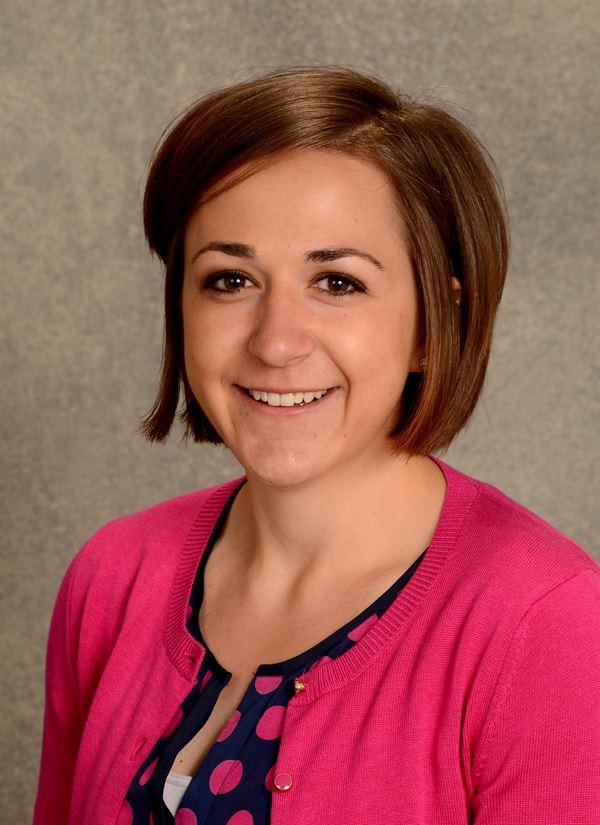
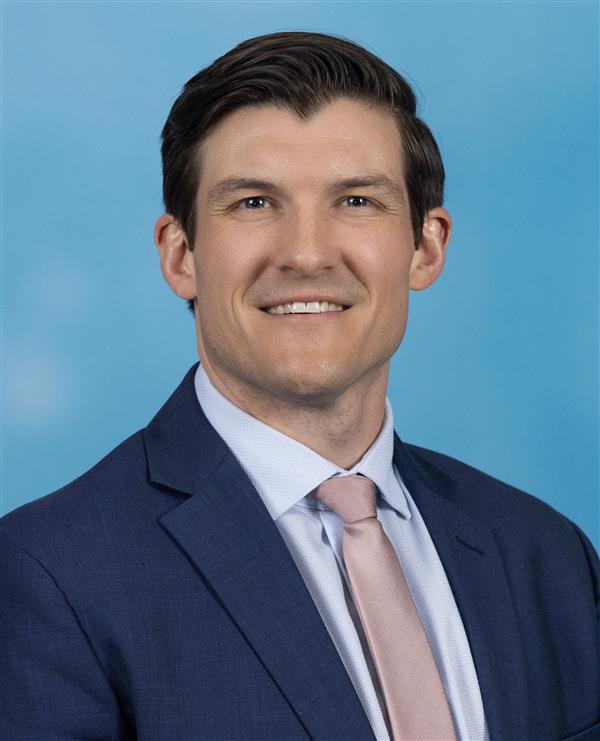

Steven Moulton, MD
Surgery - Pediatric, Surgery



 720-777-0123
720-777-0123



